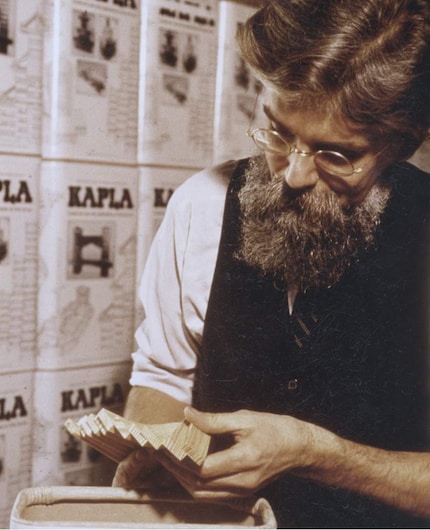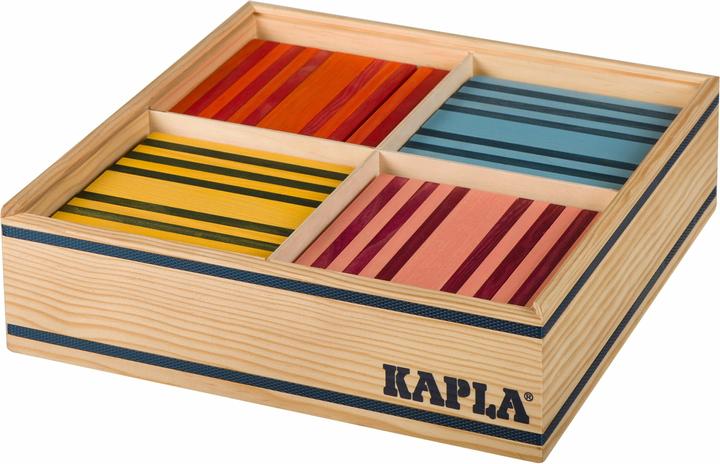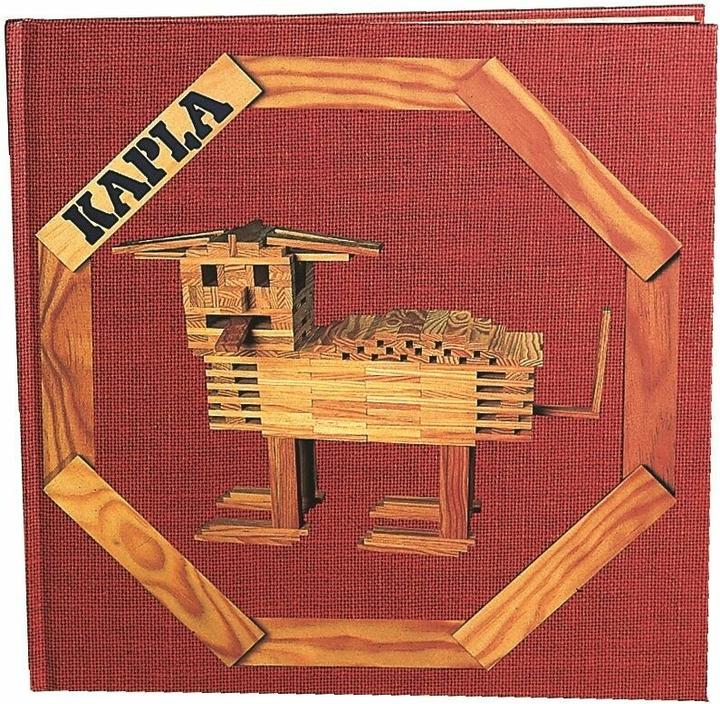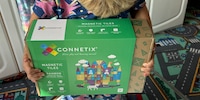

Remember Kapla blocks?
They inspired, shaped and also frustrated me – the toys of my childhood. The wooden building blocks by Kapla were among them.
One more? Can I add one more wooden block? «Clack, clack, clack!» – my construction collapses under my fingers. Two hours of work for nothing. I’m happy. After all, that’s part of the Kapla experience.
I was about four or five years old when I first discovered Kapla. At that age, my hand-eye coordination not well developed, but I loved building constructions on the living room floor. I wasn’t known for my architectural masterpieces, but for creating crooked garages for my toy cars.
About a year later, I was visiting my godmother, who owned a whole box of several thousand Kapla blocks at the time. She taught me that I couldn’t only build crooked walls, but create fancy works of art. My hand-eye coordination was a little better, but my understanding of statics was still lacking. That’s why my constructions always collapsed. Some sooner, some later.
Then I was given two large cloth bags full of Kapla blocks for my birthday. They were so heavy that I could hardly carry them when they were filled. I don't know how many blocks there were, but more than enough to make all my architectural ideas come true. I built all kinds of things: towers, bridges, castles, domes. And my Kapla constructions became more and more unusual and risky. I would spend hours or even days building something. But my favourite part of all was watching how everything collapsed at the end. Although I’d never heard of physics, let alone Isaac Newton, at the time, I learned the basics of classical mechanics through my Kapla experiments.
Today, I’m neither an architect nor do I calculate the statics of gigantic buildings. But I still enjoy hands-on experimenting. Be it at school, at university or at work, learning theory isn’t for me. I need to try, fail and try again. And it was also through experimenting that the Kapla inventor came up with the idea for the little wooden blocks.
The antique dealer and his castle
The Kapla story began at the end of the 1960s when Tom van der Bruggen travelled to southern France. Besides the sub-Mediterranean-Atlantic climate, the Dutch antiques dealer fell in love with an old farm ruin. He decided to rebuild it and turn it into a castle.
Back home, van der Bruggen made a model of his building project. But since the building blocks he had at the time were too large to create a realistic model, he simply made his own. This is how the original Kapla blocks were born. Kapla is an abbreviated form of the Dutch word «KAbouter PLAnkjes», which means «gnome planks».

Source: kapla.com
Kapla bricks are made from natural and untreated maritime pine. True to the origins of the company, the wood used to this day comes from the south of France. More precisely, from the largest contiguous forest in Western Europe, the Landes de Gascogne. When producing Kapla blocks, the wood is cut to an accuracy of one tenth of a millimetre. The aspect ratios of length, width and height are 15 to 3 to 1. This means, if you place 15 blocks on top of each other, the pile is exactly as high as one brick is long.
The record is 18.76 metres
Over the years, several people have attempted to build the tallest Kapla tower in the world. The current record dates from June 2021 and was set by four French scouts from Grenoble. After months of preparation, they built a tower of 18.76 metres in four days – using 11,200 Kapla blocks. They were going for 21 metres, which they didn’t reach, but still set a new world record.
I never tried to set a world record in my childhood, but I have one thing in common with the scouts: their highlight was seeing the tower collapse at the end.
I get paid to play with toys all day.
Interesting facts about products, behind-the-scenes looks at manufacturers and deep-dives on interesting people.
Show all



